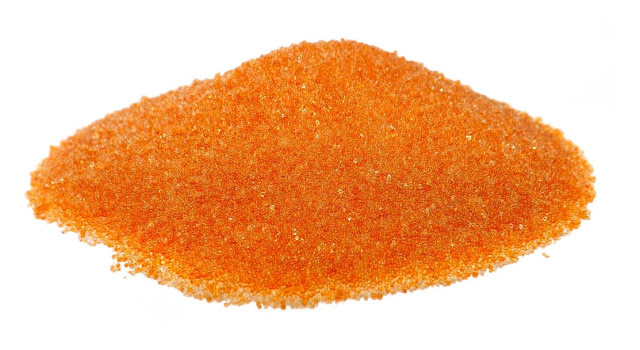Ion Exchange Resins; Used In Different Separation, Purification, and Decontamination Processes
 |
| Ion Exchange Resins |
An
ion-exchange resin or ion-exchange polymer is a resin or polymer that acts as a
medium for ion exchange. Ion
Exchange Resins are used in water treatment and
also provides a method of separation in many non-water processes. The
technology has been used extensively as a practical and effective form of water
treatment for many years. Ion exchange is used in water
treatment, including water softening, industrial demineralization, condensate
polishing, ultrapure water production, and waste water treatment. It is also
used in many non-water separation processes.
Ion Exchange Resins
is a type of water treatment system used to remove hardness ions from water. They
are manufactured from a polymer backbone (usually styrene or less frequently
acrylic) that undergoes a process called polymerization to produce small beads
with an active surface. The ion exchange properties of the material depend on
the nature and type of the functional groups present on the resin's surface. A
variety of additives are also used to enhance ion exchange capacity and other
desirable properties, such as adsorption or filtration.
Global Ion Exchange Resins Market Was Valued At US$ 1,389.5 Million In 2021and Is
Expected To Register A CAGR Of 5.7% Over The Forecast Period (2022–2030).
There
are several different types of Ion
Exchange Resins. Each type has a different size, shape, and structure. They
are synthesized using a polymerization process. The chemical conditions that
occur during polymerization determine the structure and porosity of the resin. They
are widely used in different separation, purification, and decontamination
processes. The most common examples are water softening and water purification.
In many cases ion-exchange resins were introduced in such processes as a more
flexible alternative to the use of natural or artificial zeolites.
In
industrial and domestic applications, Ion
Exchange Resins are used for the removal of calcium, iron, magnesium, and
manganese salts from water (water softening), for purification of sugar, and
for concentration of valuable elements, such as gold, silver, and uranium from
mineral ores. They are also used in the pharmaceutical industry. Thus, there is
an increase in demand for ion-exchange resins. In June 2021, DuPont announced
the expansion of its ion exchange resin manufacturing production to address the
high global demand. Macroporous resins, on the other hand, have a more open,
porous structure that allows for a higher flow rate and makes them ideal for
applications where a high capacity is required.



Comments
Post a Comment